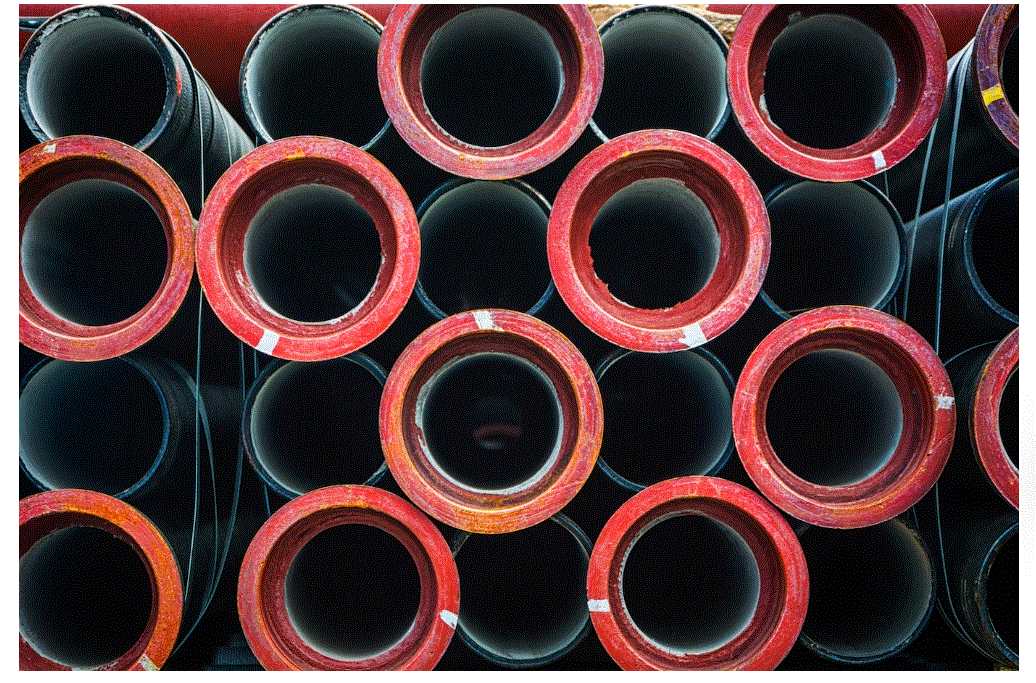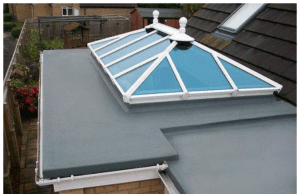Dubai, the iconic desert city known for its towering skyscrapers and ambitious projects, is not only transforming its skyline but also revolutionizing the way infrastructure is developed beneath the surface. At the heart of this transformation lies the role of technology in pipeline construction. In this article, we explore how technology is reshaping pipeline construction in Dubai, propelling it into the future of infrastructure development.
Technology as the Driving Force
Dubai’s remarkable growth and expansion have brought unique challenges to its infrastructure development. The construction and maintenance of pipelines, which serve as the lifelines of the city, require innovative solutions to meet the demands of a rapidly growing population and evolving urban landscape. Technology has emerged as the driving force behind the transformation of pipeline construction, addressing these challenges and paving the way for a more efficient, sustainable, and reliable infrastructure.
Smart Pipeline Monitoring
One of the most significant technological advancements in pipeline construction is the implementation of smart pipeline monitoring systems. These systems are equipped with sensors and data analytics that continuously monitor the condition of pipelines. Real-time data collection and analysis allow for the early detection of issues, such as leaks, corrosion, or structural weaknesses.
The benefit of smart pipeline monitoring is two-fold. Firstly, it ensures the reliability and safety of the pipelines by identifying problems before they escalate into major issues. Secondly, it reduces water wastage, energy consumption, and maintenance costs, aligning with Dubai’s sustainability goals.
3D Modeling and Digital Twins
3D modeling and digital twin technologies have become invaluable tools in pipeline construction. These digital technologies create virtual replicas of pipelines and their surrounding environments. They provide a comprehensive and accurate representation of the infrastructure, enabling planners and engineers to visualize and assess the project thoroughly.
This visualization aids in the precise planning and management of pipeline projects. By identifying potential challenges and optimizing design, 3D modeling, and digital twins contribute to cost-effectiveness and efficiency in construction.
Trenchless Construction Techniques
Dubai’s densely populated urban areas and intricate infrastructure networks make traditional open-cut pipeline construction methods challenging. In response, trenchless construction techniques have gained prominence. Methods such as horizontal directional drilling (HDD) and micro tunneling allow for the installation of pipelines with minimal disruption to the surroundings.
HDD, in particular, has become a favored technique in Dubai. It eliminates the need for extensive excavation, reducing traffic disruptions and making construction more efficient and less invasive. The adoption of trenchless construction methods minimizes the impact on daily life in the city.
3D Printing for Custom Pipeline Components
3D printing technology is making its mark in the world of pipeline construction in Dubai. Custom pipeline components, such as manhole covers, fittings, and specialized connectors, can now be manufactured using 3D printing technology. This approach allows for precise design and customization, ensuring a perfect fit for each pipeline project.
3D printing not only expedites the production process but also reduces material waste. By embracing this technology, Dubai can adapt to the unique requirements of its infrastructure projects with ease and precision.
Renewable Energy Integration
Dubai’s commitment to sustainability extends to its pipeline construction projects. The city is integrating renewable energy sources into its pipeline infrastructure. Solar panels and wind turbines are being incorporated to power monitoring systems and other essential components.
By harnessing renewable energy, Dubai not only reduces operational costs but also minimizes its carbon footprint. This progressive approach aligns with the city’s ambitious sustainability goals and showcases how pipeline construction can contribute to a greener future.
Collaboration and Knowledge Sharing
Dubai’s pipeline construction sector thrives on collaboration between government entities, research institutions, and private enterprises. This collaborative approach has facilitated research and development in pipeline technologies, leading to innovative solutions and best practices.
Dubai is known for hosting global conferences and exhibitions related to Road Contracting Companies In UAE. These events provide a platform for experts from around the world to share knowledge, exchange ideas, and discuss the latest technological advancements in pipeline construction.
Automation and Robotics
Automation and robotics are making their presence felt in Dubai’s pipeline construction projects. These technologies are streamlining various aspects of construction, from excavation to installation and maintenance. Drones, for instance, are used for surveying and inspecting pipeline routes. Autonomous robots can perform tasks such as cleaning, inspections, and minor repairs with precision, reducing the need for human intervention in potentially hazardous environments.
Automation and robotics not only enhance the efficiency of construction processes but also improve safety by minimizing the exposure of workers to dangerous conditions.
Big Data and Analytics
The accumulation of data in pipeline construction has opened new avenues for improving decision-making and performance. Big data and analytics play a crucial role in assessing the condition of pipelines, predicting maintenance needs, and optimizing operations.
These technologies enable Dubai to make data-driven decisions, reduce downtime, and enhance the sustainability of its pipeline infrastructure. By analyzing large volumes of data, the city can identify patterns, trends, and potential issues, leading to more efficient and cost-effective solutions.
Challenges and Future Prospects
While technology has revolutionized pipeline construction in Dubai, it is not without its challenges. The city faces the need for skilled labor to operate and maintain advanced systems. The management of rapid urban expansion and ensuring the security of data generated by smart systems are ongoing concerns.
However, the prospects for the future of pipeline construction in Dubai are promising. As technology continues to advance, the city can look forward to even more efficient, sustainable, and cost-effective solutions for its infrastructure needs.
Conclusion
Dubai’s pipeline construction industry is a testament to the city’s commitment to innovation and excellence. The adoption of advanced technologies, including smart monitoring systems, 3D modeling, trenchless construction techniques, 3D printing, renewable energy integration, and collaboration, has transformed the landscape of infrastructure development in the region.
Dubai’s journey in pipeline construction reflects its dedication to creating a smarter, more sustainable, and more efficient future for all. As the city continues to grow and diversify its economy, its cutting-edge pipeline construction technologies serve as a model for other cities looking to address the unique challenges of the modern urban environment. Technology is not only shaping the future of infrastructure in Dubai but also setting a global standard for pipeline construction in the 21st century.











